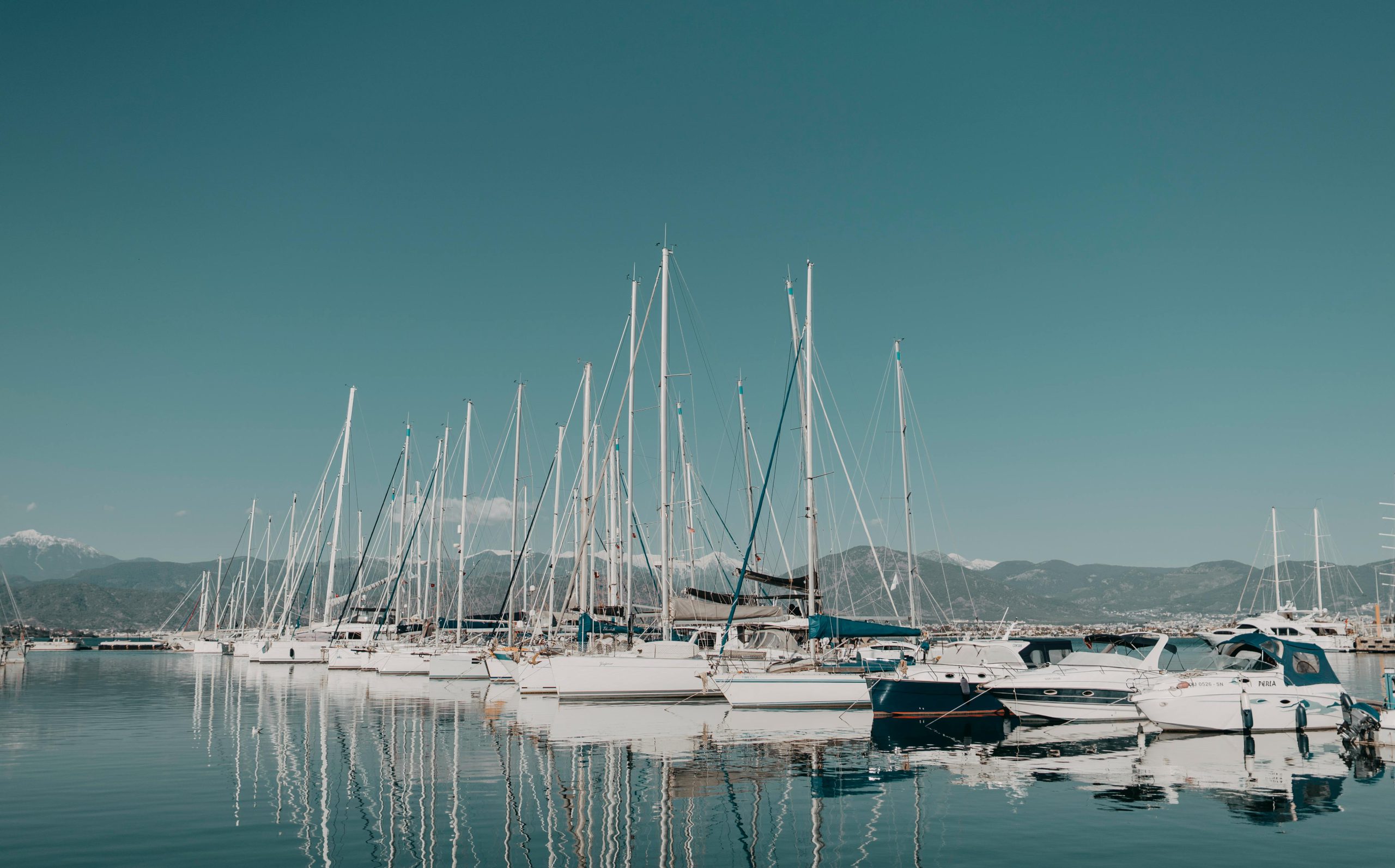Combining Tradition and Modern Innovation
The marine industry is a blend of tradition and innovation, where age-old techniques and cutting-edge technology coexist to create seaworthy vessels and maritime infrastructure. Let’s explore the construction methods used in the marine industry, which harmoniously balance tradition and modernity.
Traditional Construction Methods:
1. Wooden Boat Building: Wooden boat construction is one of the oldest methods in the marine industry. Historically, it involved handcrafting vessels from timber, with skilled artisans shaping and assembling wooden planks to create boats of various sizes and designs. While wooden boat construction is less common today, it is still appreciated for its craftsmanship in building classic and replica boats.
2. Shipwright Craftsmanship: Shipwrights are master craftsmen who employ traditional methods to construct and repair wooden boats and ships. They use hand tools, including adzes, saws, and chisels, to create and maintain wooden vessels. Shipwrights carry forward centuries-old techniques to preserve maritime heritage.
3. Steel Ship Construction: Steel ship construction, although a more recent development compared to wooden boats, is still considered a traditional method. It involves welding and shaping steel plates to build commercial and naval vessels. The durability of steel makes it suitable for larger and more robust vessels, such as cargo ships and military craft.
Modern Construction Methods:
1. Fiberglass and Composite Construction: Fiberglass and composite materials have revolutionized boat and ship construction. Modern vessels are often constructed using advanced composites, such as fiberglass, carbon fibre, and Kevlar. These materials offer superior strength-to-weight ratios, durability, and resistance to corrosion. The use of composite materials has become commonplace in building a wide range of boats, from leisure craft to high-performance racing yachts.
2. Aluminium Shipbuilding: Aluminium is a lightweight, corrosion-resistant material that is commonly used in the construction of modern vessels, including yachts, workboats, and some military craft. It offers a favourable strength-to-weight ratio and excellent corrosion resistance, making it an attractive choice for marine applications.
3. Advanced Welding and Automation: Modern shipbuilding often relies on advanced welding techniques and automation. Computer-aided design (CAD) and computer-aided manufacturing (CAM) technologies are used to precisely design and fabricate ship components. Welding processes, such as MIG and TIG welding, ensure strong and secure connections.
4. Eco-Friendly Construction: In response to environmental concerns, modern construction methods are increasingly focused on sustainability. Shipbuilders are adopting eco-friendly materials and production methods, reducing emissions and waste, and employing innovative approaches such as modular construction to improve efficiency and reduce environmental impact.
Hybrid Approaches:
The marine industry is not limited to choosing exclusively traditional or modern construction methods. Hybrid approaches are becoming more common, with shipbuilders incorporating modern materials and techniques while preserving traditional design and craftsmanship. This blend allows for the creation of vessels that combine the best of both worlds: the strength and efficiency of modern construction with the timeless beauty and craftsmanship of traditional methods.
In conclusion, the marine industry is a dynamic and evolving field where traditional and modern construction methods harmoniously coexist. While tradition is respected for its heritage and craftsmanship, innovation is embraced for its efficiency and performance. This combination ensures that the maritime world continues to advance, meeting the diverse needs of boat owners, shipbuilders, and maritime enthusiasts.




